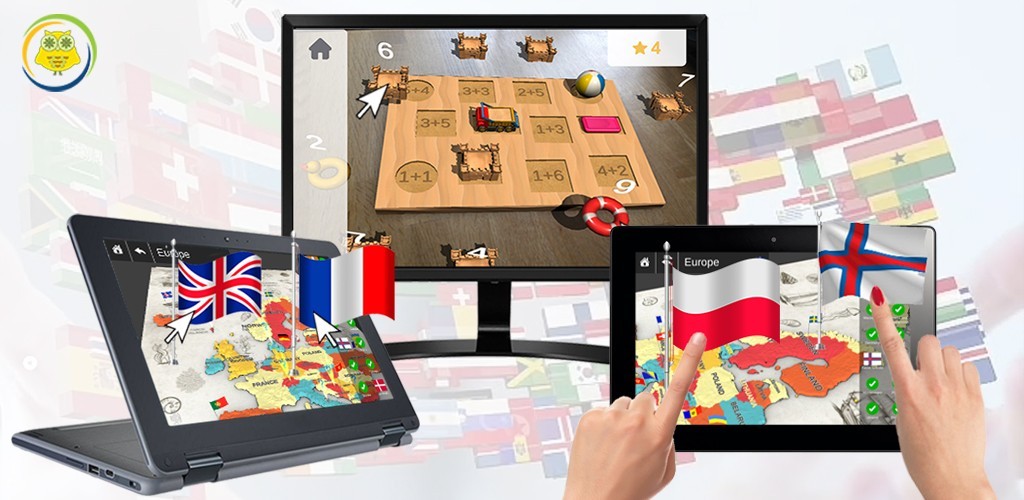
Estimated reading time: 2 minutes
According to the Oxford Dictionary, Augmented Reality refers to a technology that overlays a computer-generated image over a real-life view. A more common definition of augmented reality (AR) is an enhanced version of reality achieved through the use of digital visual elements, sound, or other sensory stimuli.
The enormous success of “Pokemon GO”, released in 2016, put augmented reality on everyone’s lips. The concept was simple: find and capture Pokemon using your smartphone by looking for them in your neighborhood or city. Seeing Pokemon in your own surroundings and interacting with them created an addiction for fans, and fun for non-fans.
Since then, the AR space has grown steadily year after year. It is entering new industries by the day as visionaries imagine the potential and applications of this emerging technology. Let’s dive into the main benefits of AR and consider how they will benefit society and industries as a whole.
Augmented Reality technology increases engagement and interaction, providing a richer and unique user experience
- In Education. AR is helping teachers enhance the learning process, allowing students to better visualize and fully immerse themselves into a subject. Instead of reading about theory in books, students can see and interact with these concepts in real-time. As a result, education becomes more accessible, engaging, and fun. Try out CleverBook’s unique Augmented Reality apps for teachers to use in the classroom.
- In Medicine. institutions such as Johns Hopkins and Stanford are pioneering AR apps for medicine. For example, surgeons using Microsoft’s HoloLens will be able to visualize critical patient data and images while performing operations. This will enable them to ensure that everything they need is within their field of view.
- In Retail. customers can view how a product would actually look in front of their eyes. From visualizing how shoes fit and look on you, to how the desk fits in your dream bedroom. The possibilities are endless.
AR facilitates complicated processes
- In professional training. AR’s accurate reproduction and simulation of on-the-job conditions can help workers master the skills required for their jobs. Think of scientists, soldiers or police officers, physicians, and engineers honing their skills before applying them in real situations.
- While repairing or assembling. Unless you’re passionate about cars, it is likely that you will hate every second spent on the process. User manuals often confuse more than help, due to the overload of information. The solution? You guessed it, AR. Step-by-step instructions will make the job easier (and you’ll learn something as well).
Augmented Reality technology is generally used on mobile devices, making it accessible to most of the world and inexpensive. Even with all these applications and advantages, we are still scratching the surface of AR’s true potential which will be unraveled in the years to come, as interest continues to rise. Learn more about AR Teaching: CleverBooks for Educators
Want to stay updated on the latest trends in AR for education? Then follow us here:

